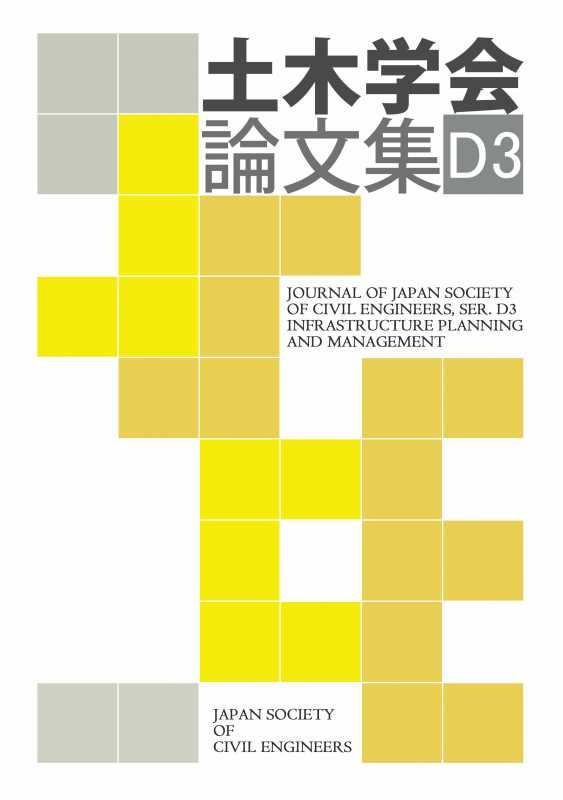Volume 74, Issue 3
Displaying 1-7 of 7 articles from this issue
- |<
- <
- 1
- >
- >|
Paper (In Japanese)
-
2018 Volume 74 Issue 3 Pages 165-182
Published: 2018
Released on J-STAGE: July 20, 2018
Download PDF (1345K) -
2018 Volume 74 Issue 3 Pages 183-192
Published: 2018
Released on J-STAGE: August 20, 2018
Download PDF (6629K) -
2018 Volume 74 Issue 3 Pages 193-202
Published: 2018
Released on J-STAGE: August 20, 2018
Download PDF (2214K) -
2018 Volume 74 Issue 3 Pages 203-216
Published: 2018
Released on J-STAGE: August 20, 2018
Download PDF (655K) -
2018 Volume 74 Issue 3 Pages 217-227
Published: 2018
Released on J-STAGE: August 20, 2018
Download PDF (2347K) -
2018 Volume 74 Issue 3 Pages 228-242
Published: 2018
Released on J-STAGE: September 20, 2018
Download PDF (1017K) -
2018 Volume 74 Issue 3 Pages 243-260
Published: 2018
Released on J-STAGE: September 20, 2018
Download PDF (1607K)
- |<
- <
- 1
- >
- >|
